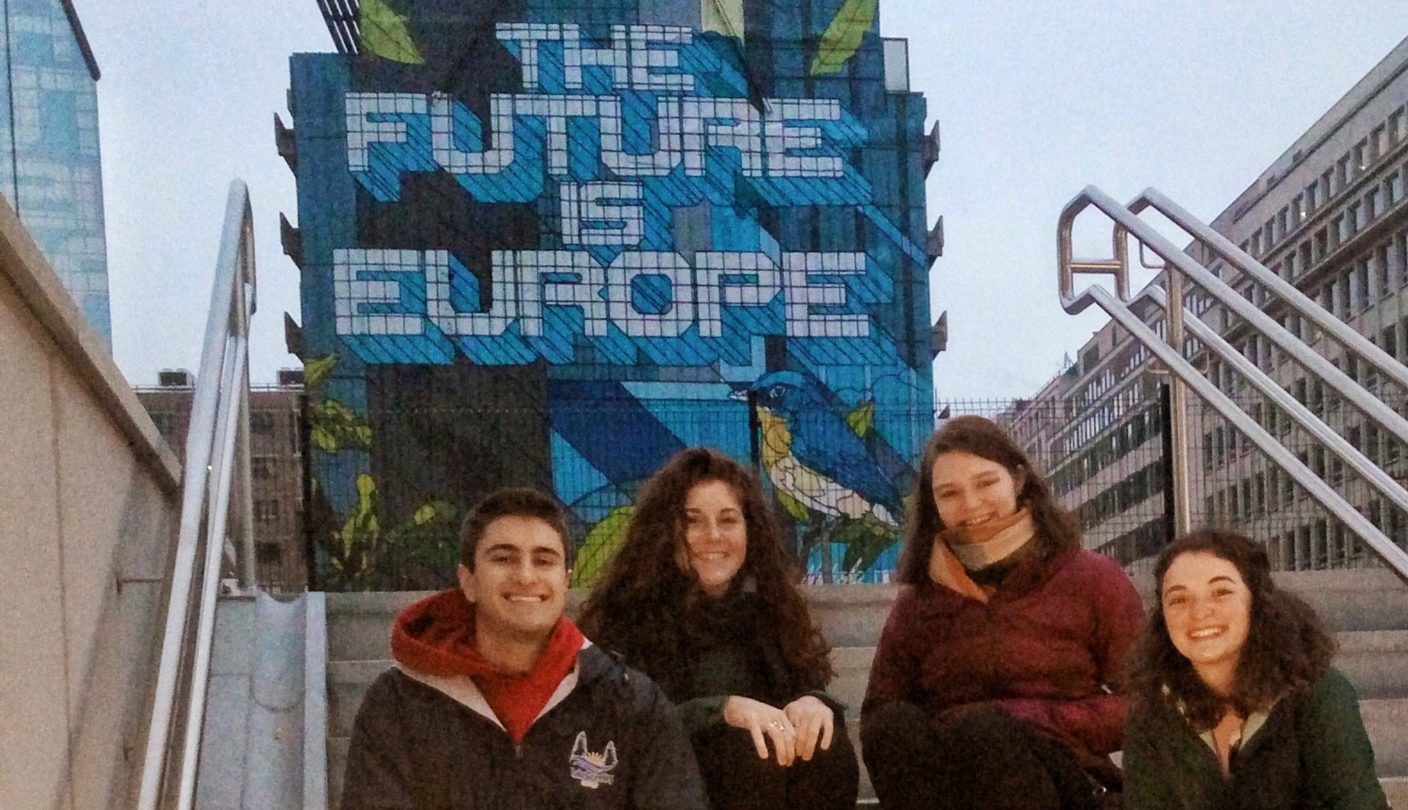EUFICCS
EUFICCS (European Use of Full-Immersion, Culture, Content, Service approach for Language Learning) is the methodology applied to our undergrad programs that was developed at SIS in 2008 and then proposed to other European institutions through a project financed by the European Union from 2011 to 2014.
It aims at enhancing the motivation and capacity of learners to study a second language with the use of a methodology based on the following four components:
- the Full-Immersion of students in the host society living with local host-families is a source of discovery of the vocabulary of daily life and routines, including informal language, while language classes provide grammatical knowledge, teach formal language and elicit conscious awareness and reflection on language form;
- Culture is embedded in every aspect of a student’s experience: living with a host family, making acquaintances or friends, building relationships with the local community, travelling inside the host country, watching television, reading newspapers or magazines, all represent different cultural contexts;
- Content courses about different academic disciplines are taught in Italian to provide specialized vocabulary, and increase students’ ability to understand, appreciate, and enjoy the subject studied;
- Service provides another source for enhancing linguistic and cultural repertoire. Places where students volunteer often require the use of specific vocabulary, and service opportunities open a window to diverse socio-cultural situations that otherwise learners would hardly meet.
These four components are cross-cut united through the practice of Reflection, which allows learners to develop a reflective intercultural competence. Learners process intercultural experiences through a structured and guided practice of reflection which facilitates their full involvement in the host society as conscious social actors.
NOLC instruction
NOLC (NOn-Level Concept) is the methodology applied in SIS Intercultural Study Abroad’s academic courses in order to teach and learn content in Italian as a second language for students with different linguistic competencies.
All students can participate in SIS courses, no matter their level of Italian.
The instructors apply specific didactic strategies and techniques that emphasize the understanding of each of the thematic topics of the content component, taking into consideration the different language skills of students and, consequently, the different stages in the language acquisition process and cultural awareness.
Before a course begins, the teacher develops a general syllabus, creates didactic materials (texts, audio and video, activities, quizzes and tests), retrieves information about students’ academic backgrounds, revises materials and selects suitable activities for the particular group of students.
For more information about EUFICCS: http://www.euficcs.com



